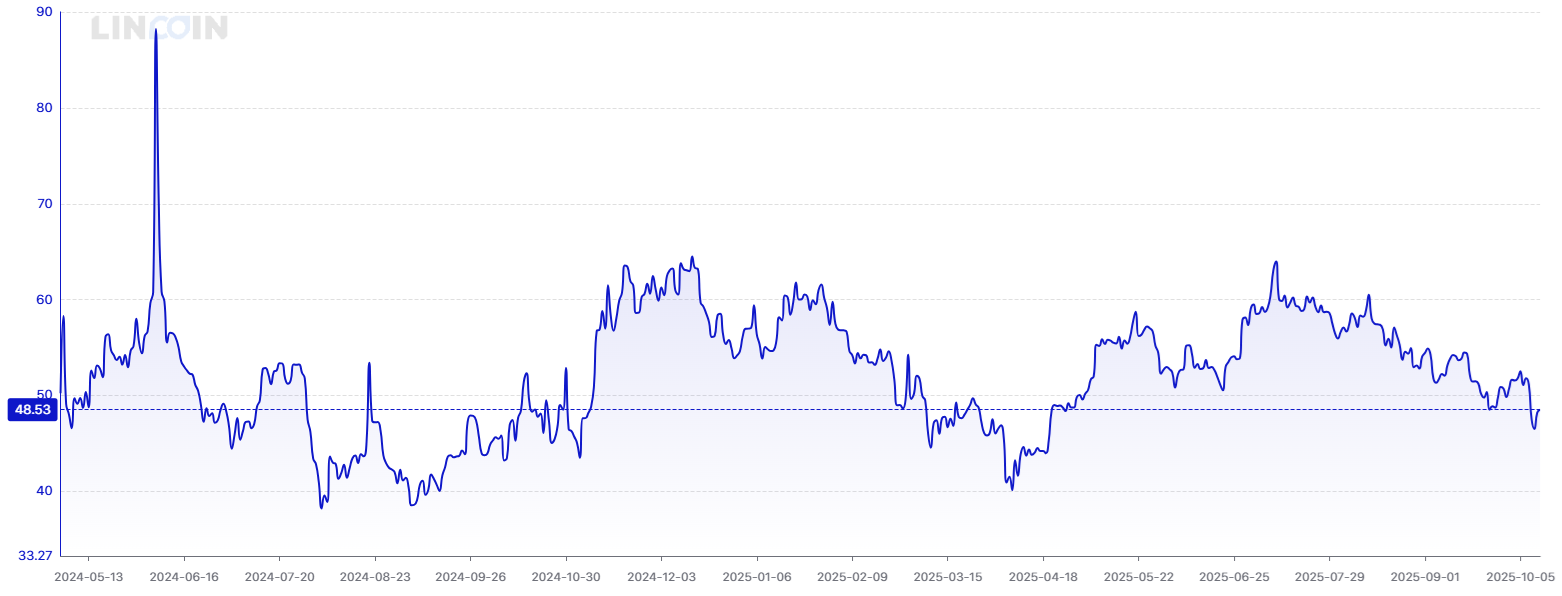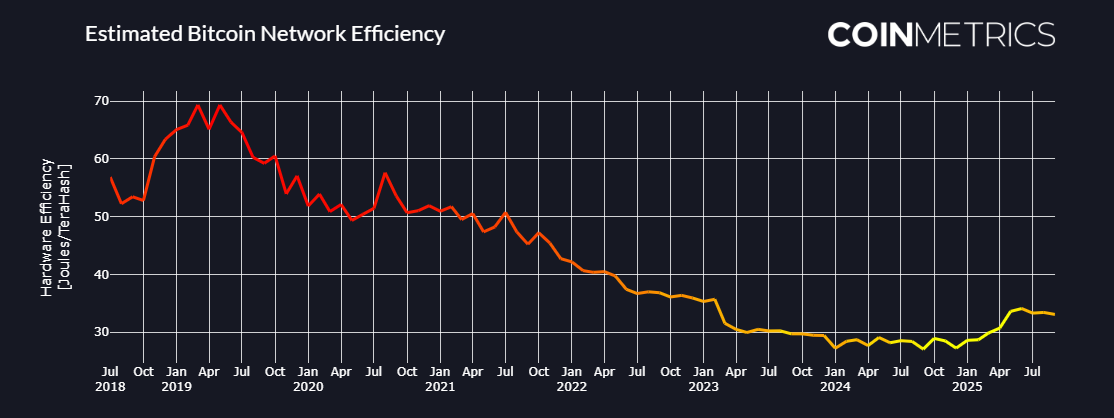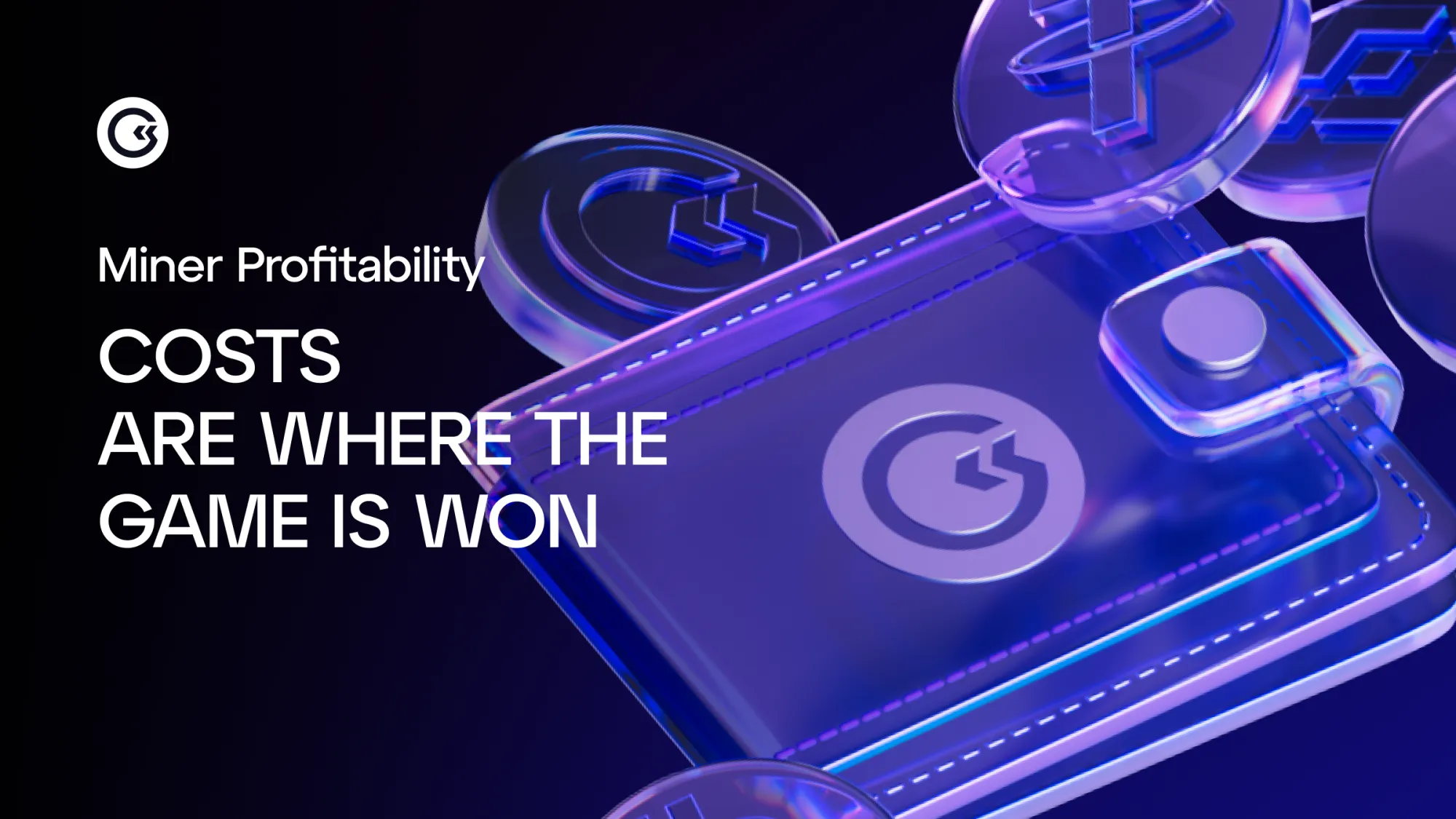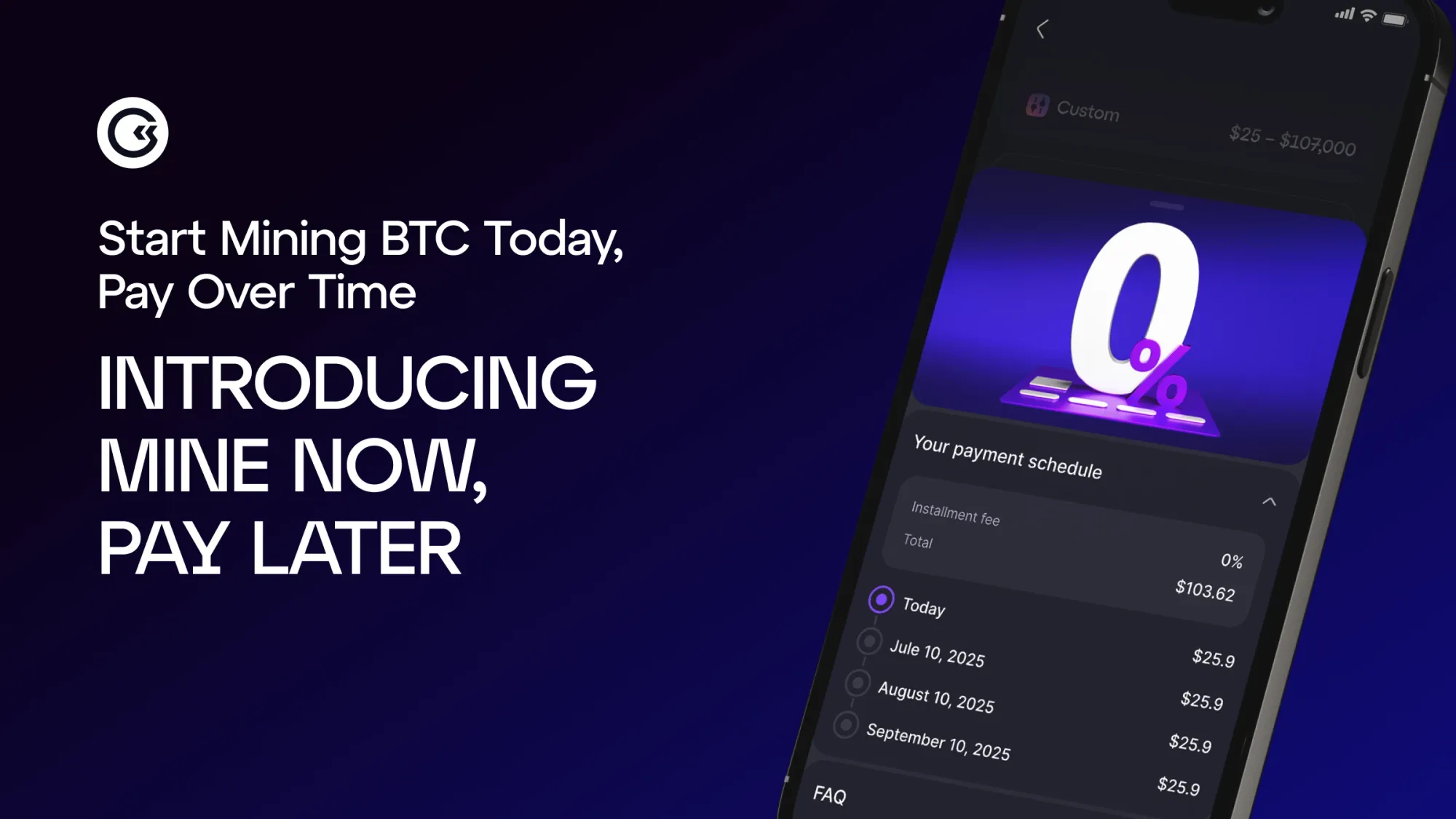Bitcoin mining is a unique business. Unlike most industries where companies can raise prices, miners operate in a market where revenue is set by protocol and market forces. They compete in real time for a share of the fixed block subsidy, and their revenue depends on a mix of factors entirely outside their control (like Bitcoin’s price or network difficulty). What miners can optimize is expenses like energy costs and mining hardware prices. This article breaks down the key variables that shape miner profitability and outlines the levers miners can actually pull to improve margins and grow their Bitcoin balance sheets sustainably. Understanding these dynamics is critical not just for miners but also for investors, policymakers, and financial institutions evaluating the sustainability and competitiveness of the Bitcoin mining industry.
Profitability in Bitcoin Mining
Calculating profitability in Bitcoin mining follows the same logic as any other business. Profitability = revenues – expenses. In Bitcoin mining revenue is influenced by four key factors:
Block Subsidy: This is the predictable, protocol-driven part of miner revenue. It is fixed at 3.125 BTC per block since the April 2024 halving and halves roughly every four years or 210,000 blocks.
Transaction Fees: This part of the reward is variable and volatile. In periods of high network activity (e.g., inscriptions, Runes launches, bull market peaks), fees can temporarily push miner revenue significantly higher.
Network Difficulty: Reflects the total level of competition on the Bitcoin network. As more hashrate (computational power) comes online, difficulty rises, which lowers the revenue earned per unit of hashrate. It is adjusted roughly every two weeks to keep the average block time close to 10 minutes, ensuring a stable issuance schedule over time.
BTC Price: Is an important variable, BTC price drives the fiat-denominated value of miner revenue.
All four of these factors come together in a single metric: hashprice. Hashprice has become a core benchmark for miners, representing the expected daily revenue generated by one petahash (PH) of computing power, expressed in U.S. dollars. In other words, it’s the top-line revenue figure that tells miners how much they can earn per unit of hashrate each day.

Hashprice, the go-to metric for miners (Source: Lincoln Lens).
Why Miners Have No Control Over Revenue
With the exception of the block subsidy which is not entirely fixed but at least predictable, the rest of the factors that influence revenue are variable and fluctuate a lot. Even more challenging and unlike most industries, miners do not have control over these four factors influencing revenue. They are determined by protocol rules (subsidy & difficulty), network behaviour (fees, competition), and market forces (BTC price). This means miners can’t “raise their prices”, they must adapt. Revenue is exogenous, so cost optimization is the only way to improve margins.
Cost Optimization is Where Miners Compete
Since revenue is largely exogenous, the real competition happens on the cost side. The miners who can run their operations at the lowest $/kWh, $/TH/day, or $/BTC produced are the ones who survive difficulty squeezes and thrive in bull markets. In essence, mining is an energy arbitrage business, those who convert energy into Bitcoin most efficiently control the economics of the network.
Power is the single largest operating expense for any mining operation. Competitive miners typically aim for electricity rates around or below $0.04 per kWh, achieved through strategies such as long-term power purchase agreements (PPAs), locating operations in regions with abundant low-cost energy like hydro in Ethiopia, or taking advantage of stranded gas in places like the U.S. Some also participate in demand-response programs to further lower effective power costs.
Beyond electricity, operational expenditures (OPEX) play a crucial role in profitability. These include expenses such as lease, site maintenance, repairs, staffing, cooling and insurance. Even small inefficiencies can compound at scale. Miners that focus on streamlined operations, automation, and building reliable infrastructure are able to reduce downtime and keep costs under control.
Finally, machine efficiency determines how much Bitcoin can be mined for each unit of energy consumed. This is measured in joules per terahash (J/TH). The latest generation ASICs have an efficiency around 15 J/TH, these are dramatically more efficient than older models that use +30 J/TH. Efficient mining hardware gives operators a significant edge in both energy consumption and overall profitability.

Estimated Network Efficiency Over the Past 7 Years (Source: CoinMetrics).
Timing is Everything with Capital Expenditures
For industrial miners, roughly three quarters of total capital expenditure goes into ASIC mining hardware procurement. This makes timing entry points in the ASIC market crucial for ROI. Buying at the top of the market can dramatically extend payback periods. Buying at cyclical lows can yield ROI multiples when hashprice rises again.

Source Image: Roy Delgado
The price of Bitcoin is one of the main forces driving fluctuations in the ASIC miner market. When BTC price rises, demand for machines increases, often leading to higher prices. Mining difficulty is another key factor: as network hashrate increases and difficulty adjusts upward to keep block times near 10 minutes, BTC-denominated revenue declines, which can dampen demand for hardware. Finally, hardware availability also affects pricing, as new model releases, supply chain disruptions, or production delays can shift demand between old and new machines and create volatility in the market for certain generations of machines.
Bitcoin Revenue, Fiat Expenses
Bitcoin miners generate their income in BTC, but almost all of their expenses must be paid in fiat currencies. Power bills, employee wages, hosting contracts, maintenance, rent, insurance, and financing costs are typically settled in dollars, euros, pesos, yuan, or other fiat currencies. This creates a built-in tension: miners who aim to grow their Bitcoin holdings can’t simply keep all their coins. Unless they have another dependable source of fiat income, they need to sell part of their mined BTC to cover operational costs.
To manage this mismatch, miners are increasingly diversifying their business models.. By offering hosting services, selling ASICs, reusing heat, or participating in demand-response programs they bring in fiat revenue. Others turn to financial tools such as hedging, forward sales, or Bitcoin-backed loans to stabilize cash flow. Still, for most operators, regularly liquidating some BTC remains unavoidable, making their treasury management far more complex than that of a company merely converting surplus cash into Bitcoin.
Two Lenses, Two Strategies
For miners focused on growing their Bitcoin balance sheet, pricing ASICs in BTC can provide a clearer view of real ROI. For example, buying a 100 PH fleet for 15 BTC with the expectation of mining 20 BTC over its lifetime sets a tangible benchmark for performance. When evaluating hardware, the key question is not only which model to buy but also how to price it. Pricing in USD, the industry norm, suits fiat-first miners who prioritize covering OPEX and generating stable investor returns. Many public miners fall into this category, focusing on predictable fiat-denominated cash flow and investor transparency. Pricing in BTC, on the other hand, helps asset-first miners assess whether deploying capital into hardware will yield more Bitcoin than simply buying spot BTC or whether liquidating BTC for machines will ultimately grow their stack. Both approaches are valid, but they reflect two fundamentally different strategies, one focused on financial stability, the other on Bitcoin accumulation.

ASIC Hardware Prices in USD/TH vs BTC/TH (Source: HashrateIndex).
Volatility of Hashprice
Hashprice is inherently volatile because three of its four components (BTC price, transaction fees, difficulty) fluctuate continuously. This instability means miners should avoid relying on static payback periods. This volatility reflects the fundamental cyclicality of the mining sector. As competition and BTC price cycles evolve, hashprice behaves much like a commodity index, volatile but cyclical and predictable over time. Instead, they should model multiple scenarios (bull, base, bear) to stress-test profitability under different hashprice environments.
Control the Controllables
Bitcoin mining is a business shaped by forces miners can’t control. Block subsidy, transaction fees, network difficulty, and BTC price define the playing field, leaving little room to influence revenue directly. Success therefore hinges on mastering the elements that can be controlled: securing low-cost power, running efficient operations, and timing ASIC purchases strategically to capture favourable ROI.
The most resilient miners think in both BTC and fiat terms, balancing long-term asset accumulation with the need for stable cash flow, and they plan for hashprice volatility rather than ignoring it. Those who build their strategies around cost leadership, smart capex decisions, and financial flexibility are the ones who establish strong balance sheets and endure through every market cycle. In the long run, Bitcoin rewards operational discipline. Margins aren’t set by luck or leverage, they’re earned through efficiency, timing, and execution.
Nico Smid – Research Analyst GoMining Institutional.
October 7, 2025












